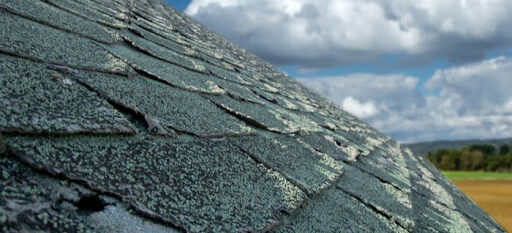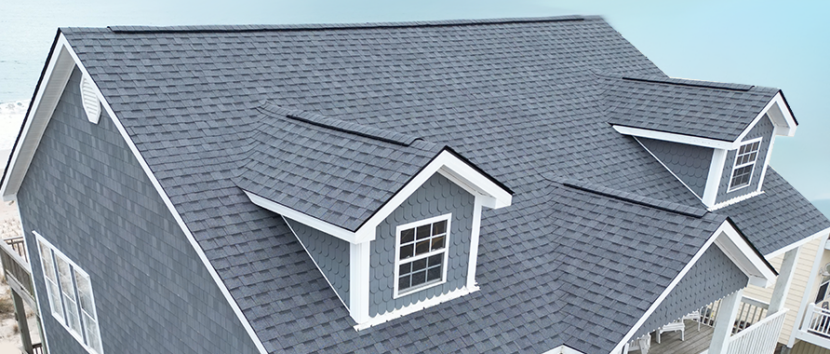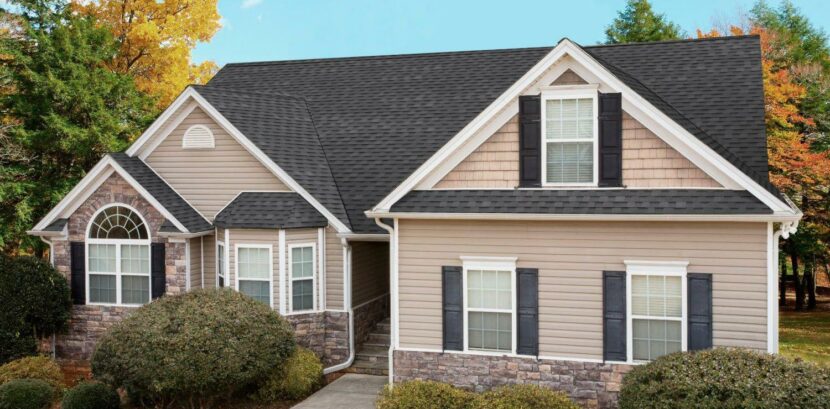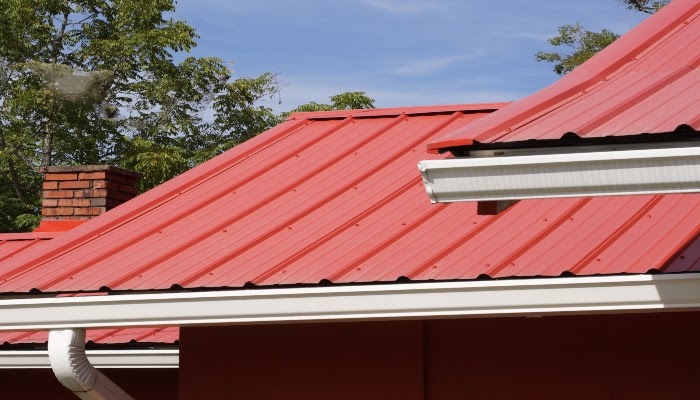Reroofing: How to Replace Roof Shingles
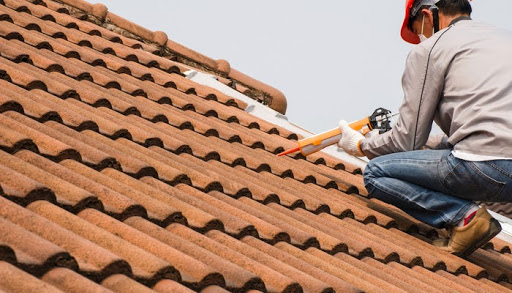
From old age to poor installation, there are many things that can damage a roof. A damaged roof can allow water to get into your house, causing leaks and water damage. Also, worn shingles are unable to insulate your home from the outside temperature. This can lead to drafts, higher energy bills, and uneven temperatures inside your house.
Your roof is one of the essential parts of your house. Like many projects, replacing a roof can be an expensive and difficult task, especially if you haven’t done it before. You’ve probably heard about layering new shingles over the old ones, which can be a cheaper option. However, there can be significant issues with this.
Benefits of Reroofing Over Existing Shingles
Affordable
The most important advantage of reroofing over installing a new roof is the possible cost. Since you won’t be removing the existing roof, there is less work involved. You also don’t have to worry about disposal, which will also be an extra cost.
Speed
Naturally, roofers can complete reroofing faster since they won’t have to remove the old roof.
Extra Protection
Leaving one layer of shingles on your roof can protect your house, especially if the old roof is not leaking yet. The extra material makes it harder for moisture to get into your house and provides added insulation as well.
It’s Convenient
Installing new shingles over the old ones means you can save time and avoid the labor intensive and messy step of tearing off the old roof.
It’s Cheaper
Eliminating the removal could save you thousands of dollars; however, it does not really pay off in the end. If you want to replace the roof again, and you have to start from the beginning, you will have two layers to remove, which will cost even more.
Get a Free Estimate Today
60% off installation. Special financing available. See details.
The Negatives
More shingles can shorten the lifespan of your roof: the added layer of shingles will probably trap heat, which causes the material to decompose more quickly and forces you to replace the roof earlier than expected.
Also, your roof was probably designed for only one layer of shingles. Adding a new layer, especially with high quality composite shingles, is very heavy and adds 350-450 extra pounds per square. When rain or snow falls, this adds a heavy burden to your house. This is why many building codes only allow roofs to have two layers of shingles at the most. With all the extra weight, your roof can sag between rafters, which can trap moisture and cause decay or rotting.
When Can You Put a New Roof over an Existing One?
If your roof begins to fail, but it is generally in good condition, a reroofing may be the best option for you. What does this mean? It means that your roof might be at the end of its lifespan, but its underlying sheathing and structures are in a good condition. Your shingles may be losing granules or be worn out due to age or weather, but they are still not causing leaks, and they are not missing or curling. These are all good predispositions for installing a new shingle layer.
By adding another layer of shingles, you are adding one more protective layer to your house. This will, together with the roof deck, underlayment, and the first layer of shingles, help stop any leaks from coming into your house.

When You Shouldn’t Install Roofing Over Existing Shingles
Warranty Violations
You need to check the warranties that come with the shingles that you want to install. Some manufacturers will not accept a warranty on new shingles that are installed over existing ones. This means that they will not reimburse you in the case of shingle failure, roofing damage, or leaks.
Two Layers Already
If you’ve already installed a second layer of shingles over an existing one, you shouldn’t do it again. Adding more layers of shingles can violate local building codes and can add too much weight to your roof. You must always check local regulations before performing a reroofing.
Leaks
If your roof is leaking, you shouldn’t install a new shingle layer to cover it up. Instead, you need to remove the old roof and find the source of the leak. You may also have to repair water damage to your roofing and attic trusses, depending on the severity of the leak.
If your roof is leaking when it rains, it’s usually better to remove the old roof so you can find the source of the issues and fix them. Putting a new roof over a leaking one, unfortunately, won’t remove the leaks.
Problems Fixing Leaks
A new layer of shingles also only complicates the job when a roofing contractor is trying to fix a leak. Often, there is an issue with the original layer of shingles that was not visible before the second layer was added. The complications can lead to more water damage than was necessary and higher repair costs.
It Hides Roofing Problems that Make Repairs Difficult
Any minor problems of your roof can be fixed by a contractor when they are identified early on. But, these problems will stay hidden if another layer of shingles is added on top of the existing one. This can cause repairable minor issues to become worse as time goes by.
The aesthetic and structural damage caused by an unaddressed roof problem can still be seen after installing new asphalt shingles, as the original layer will tend to retain moisture and break down more quickly. This can rot your decking, while increasing the probability of growing mold and mildew in the house.
Even then, it’s still unlikely that your contractor will find the source of the leak. They will have to remove all the existing shingles to see the roof decking, inspect it, and find any current issues.
Are you thinking about a new roof? Feel free to contact 1-800-HANSONS for a free estimate.


